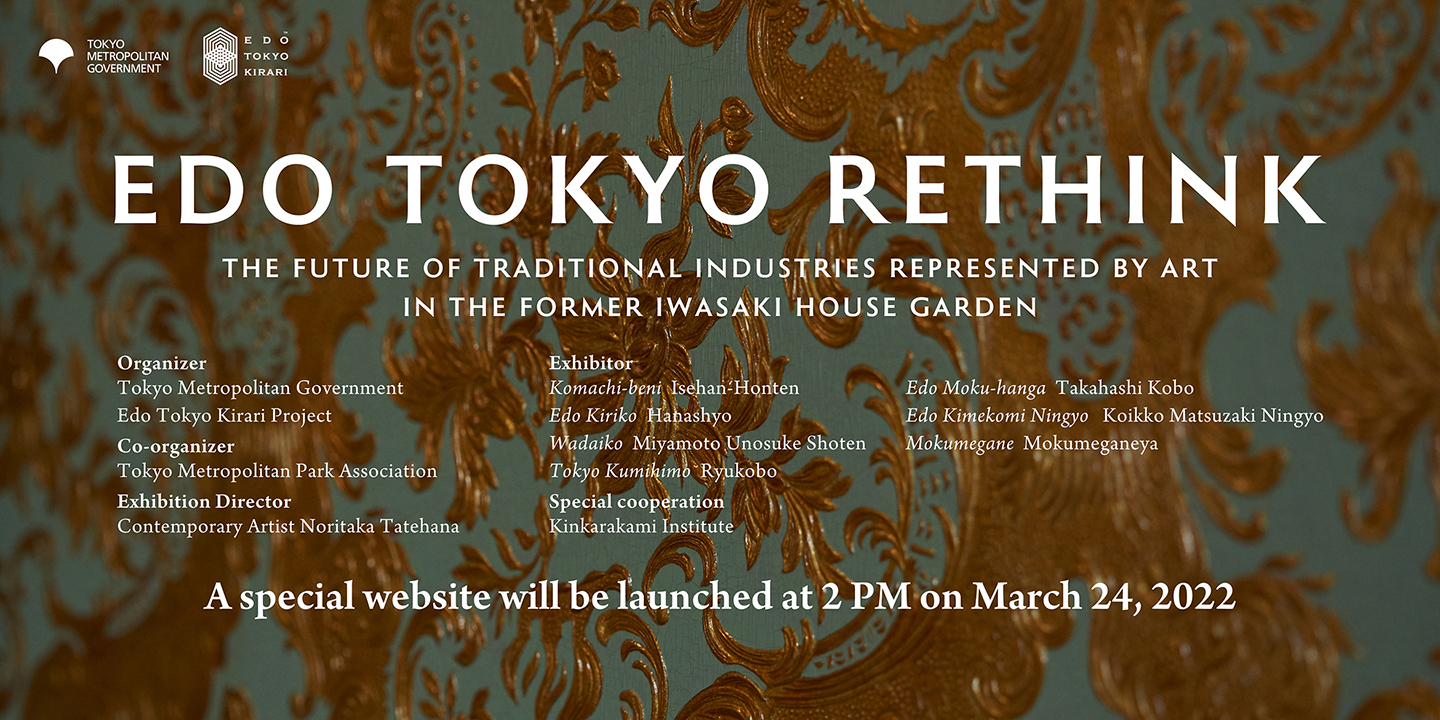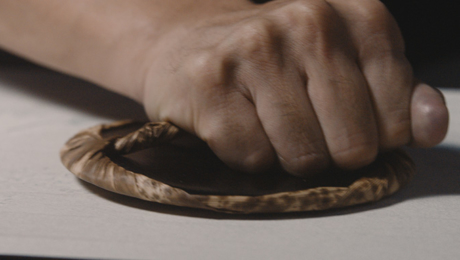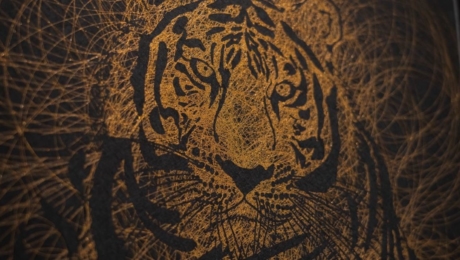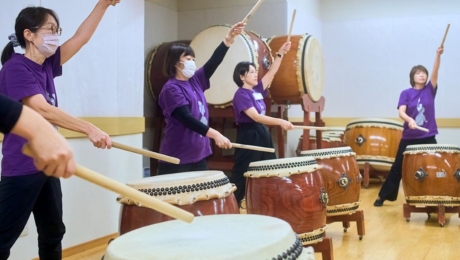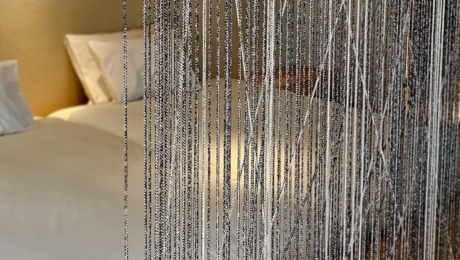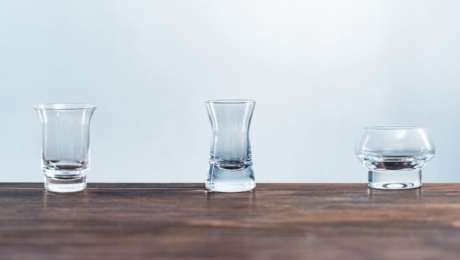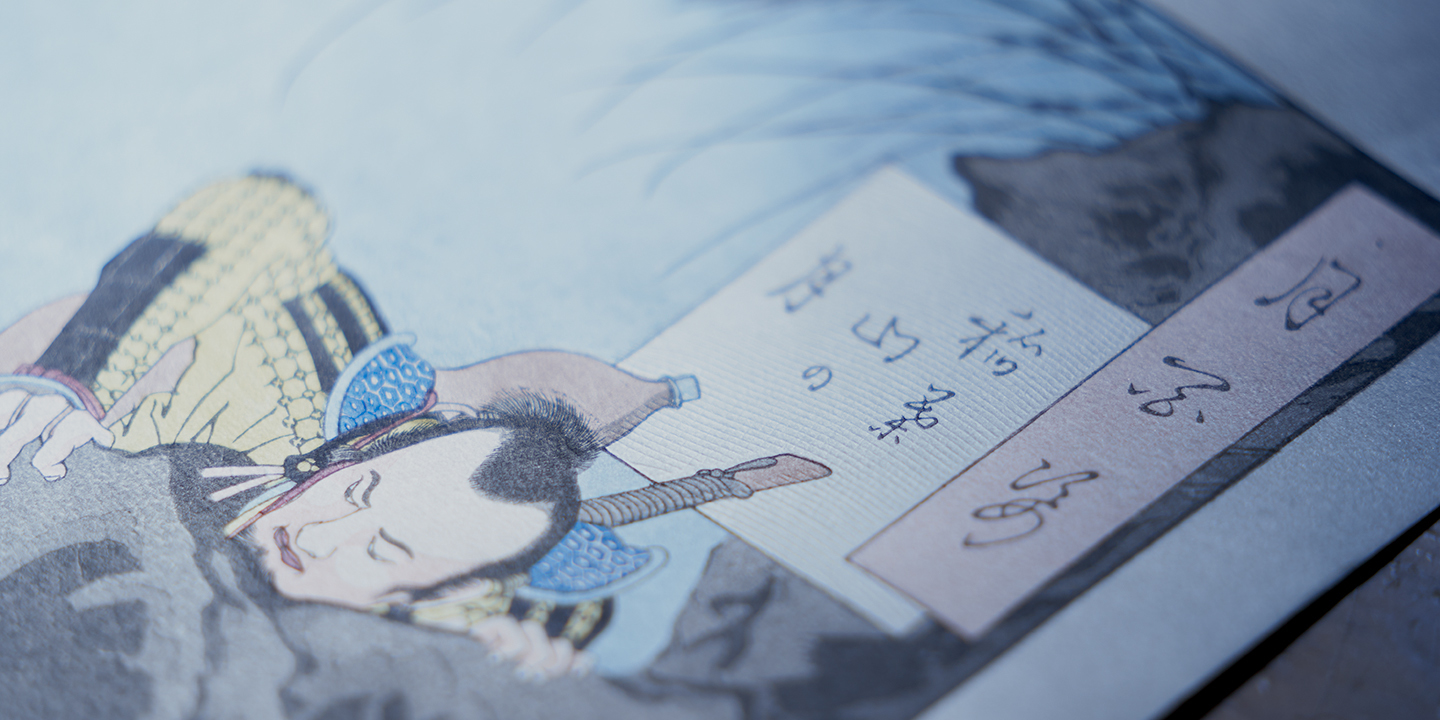
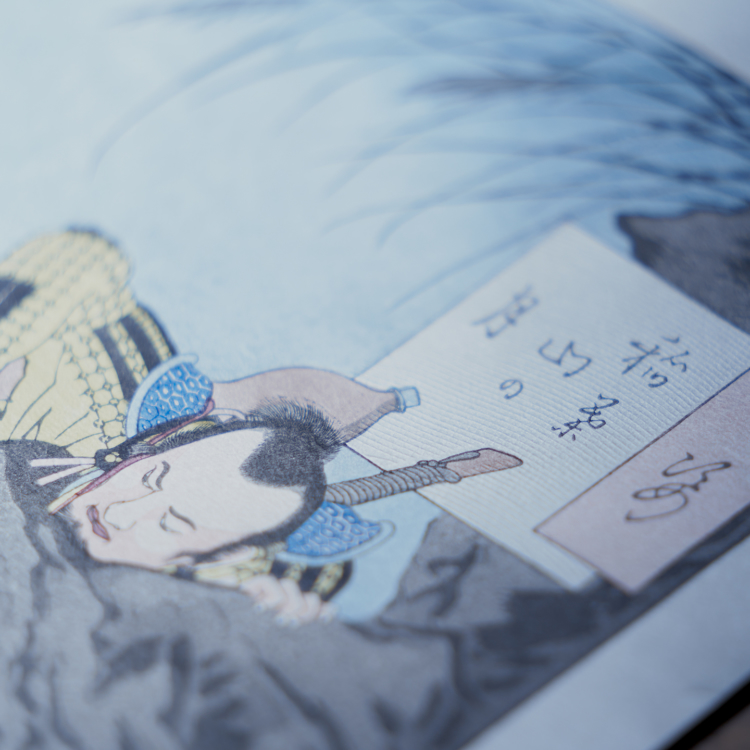
【Edo Tokyo Rethink】Edo Moku-hanga Takahashi Kobo: Viewing the Moon of Meiji from the Reiwa Period
2022.03.07
LIFE“Reviving Yoshitoshi’s Moon”–
On March 18th, 2021, a webinar was held featuring the repair and printing of the woodblock print “Tsuki no hyakushi” (Hundred scenes of the moon). The original print had been designed by Tsukioka Yoshitoshi, who worked from the end of the Edo Period into the middle of the Meiji Period, and became known as “the last ukiyo-e artist”. The webinar linked three spaces together as one; the British Museum and Embassy of Japan in London, and Takahashi Kobo in Tokyo’s Bunkyo Ward.
A strong bond exists between Takahashi Kobo and London. It all began when sixth generation head Takahashi Yukiko led a marketing research project on London’s museum shops, with support from the Ministry of Economy, Trade and Industry. Takahashi Kobo would go on to be involved with many projects in London, including a lecture and demonstration in the British Museum’s “Hokusai beyond the Great Wave” exhibition.
An on-location project had been planned, but due to the ongoing COVID-19 pandemic, it was decided to hold it as a remote event. However, as a result, the attendees came not only from Japan and the U.K., but all over the world. There were so many questions that Takahashi Kobo could not answer them all within the time allotted for the event.
Ukiyo-e is known by many across the world, sometimes to a degree that surprises people in Japan, and the passing on of Edo wood-block printing to today’s Reiwa Period has been noted with admiration by its fans. There are some countries with textbooks that place Hokusai’s “The Great Wave off Kanagawa”, part of his Thirty-six Views of Mount Fuji series of prints, is given the same recognition as Leonardo da Vinci’s “Mona Lisa”.
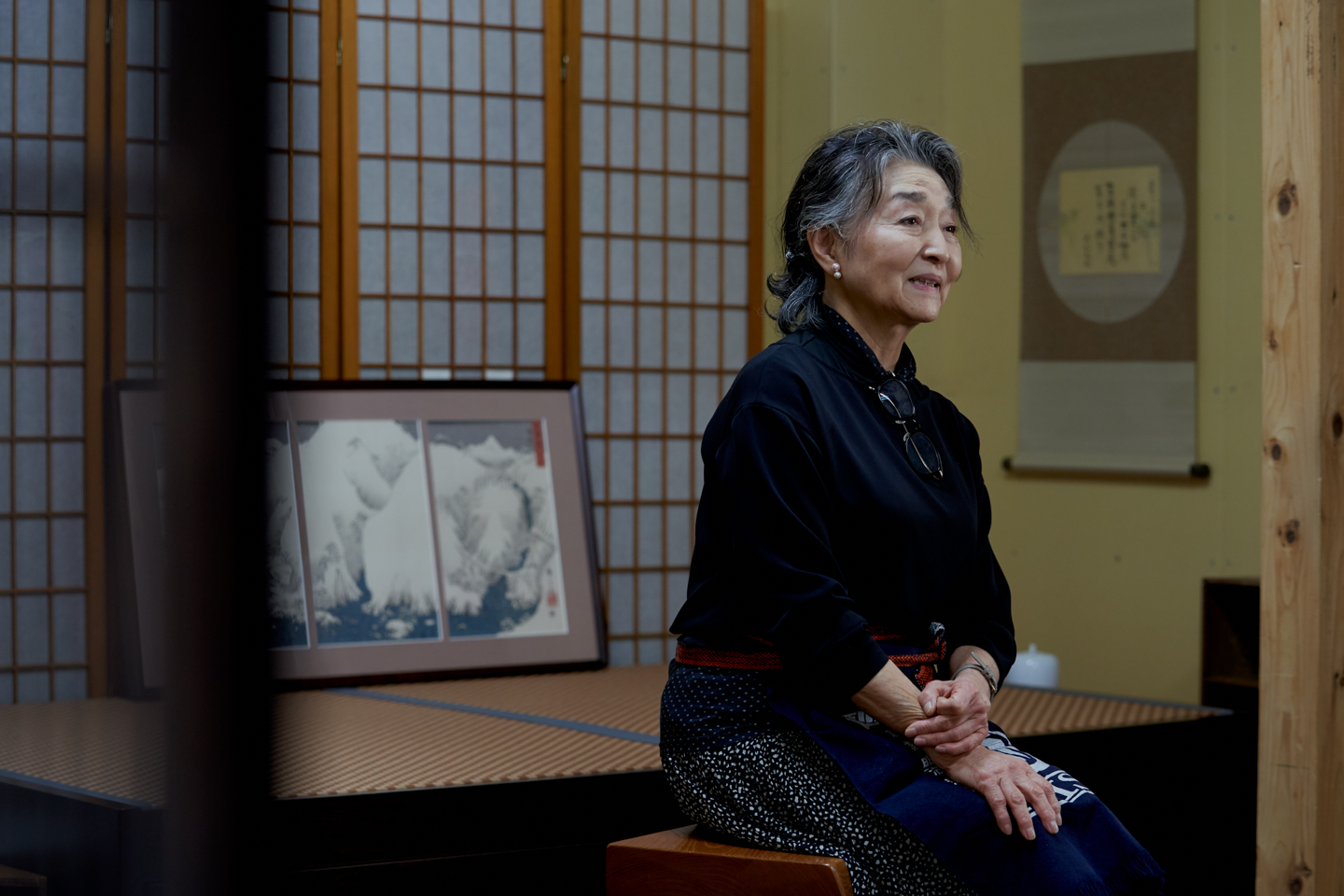
Takahashi has carried a deep passion for the moon her whole life, even talking to it at times. She could only think of it as fate that the original woodblock of “Tsuki no hyakushi” was entrusted into her care. When asked about her excitement regarding the refurbished block, she gave the following answer.
“It is said that ukiyo-e is not something you ‘see,’ but something you ‘read.’ Even in the works of Yoshitoshi, there are many meanings and stories one can find within the scene he has depicted. I would love very much for viewers to think about the story he is trying to tell while they appreciate this fantastic work of art.”

The March 2022 EDO TOKYO RETHINK exhibition will feature a collaboration between Takahashi Kobo, contemporary artist Noritaka Tatehana, and beni pigment artisans Isehan-Honten. One remains in eager anticipation as to what works will emerge from saiku beni, said to be the equal of gold in beauty during the Edo Period, in today’s Reiwa Period.
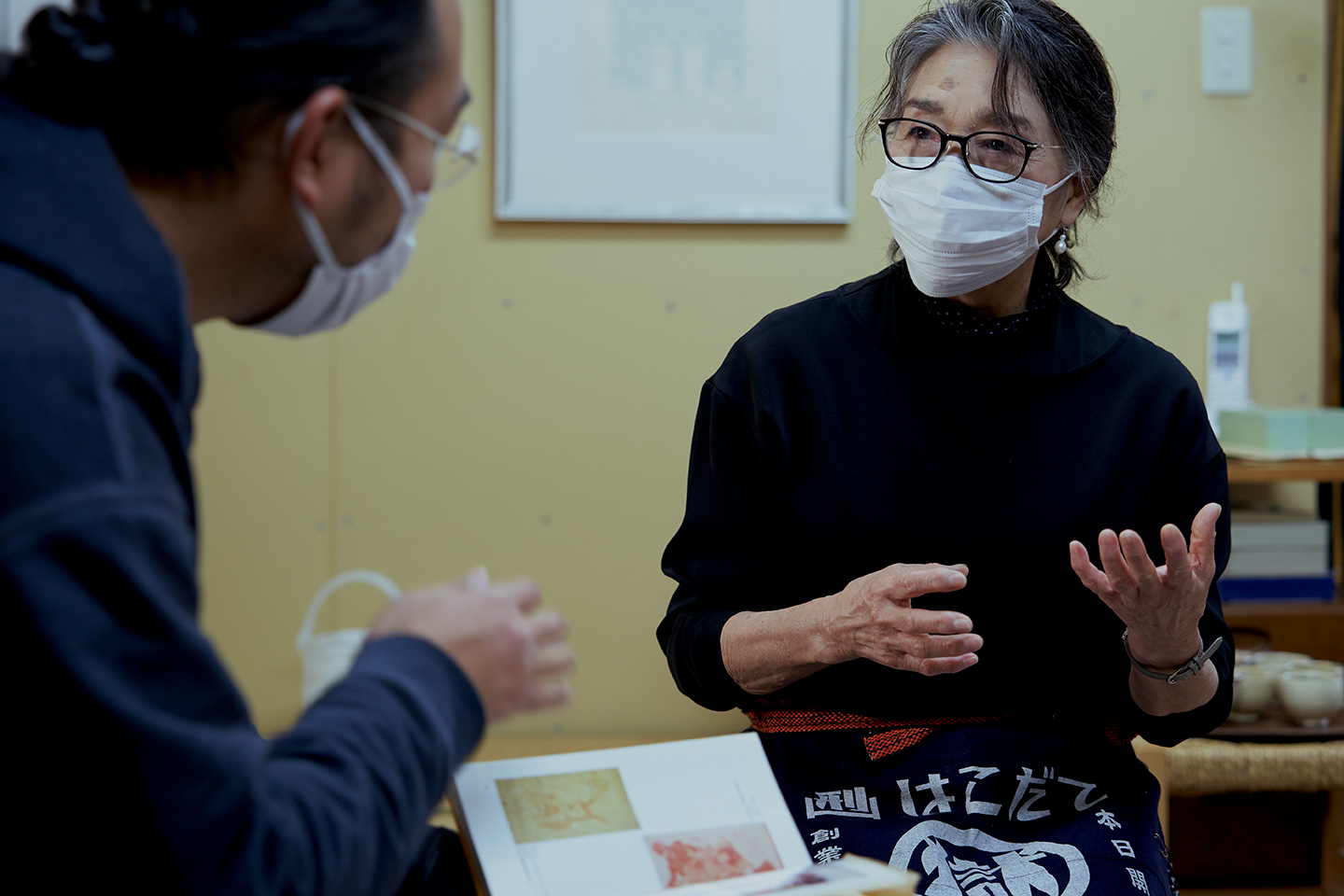
Photo by Satomi Yamauchi
*All necessary safety precautions were taken during the interview as part of COVID-19 prevention.
Online Exhibition Outline
Exhibition Title: Edo Tokyo Rethink -The Future of Traditional Industries Represented by Art in the Former Iwasaki House Garden-
Exhibition Period: March 24, 2022 (Thu) 14:00 – March 31, 2022 (Thu)
*The exhibition will be available for viewing as an archive at the same URL even after the online exhibition ends.
Organizer: Tokyo Metropolitan Government, Edo-Tokyo Kirari Project
Co-organizer: Tokyo Metropolitan Park Association
